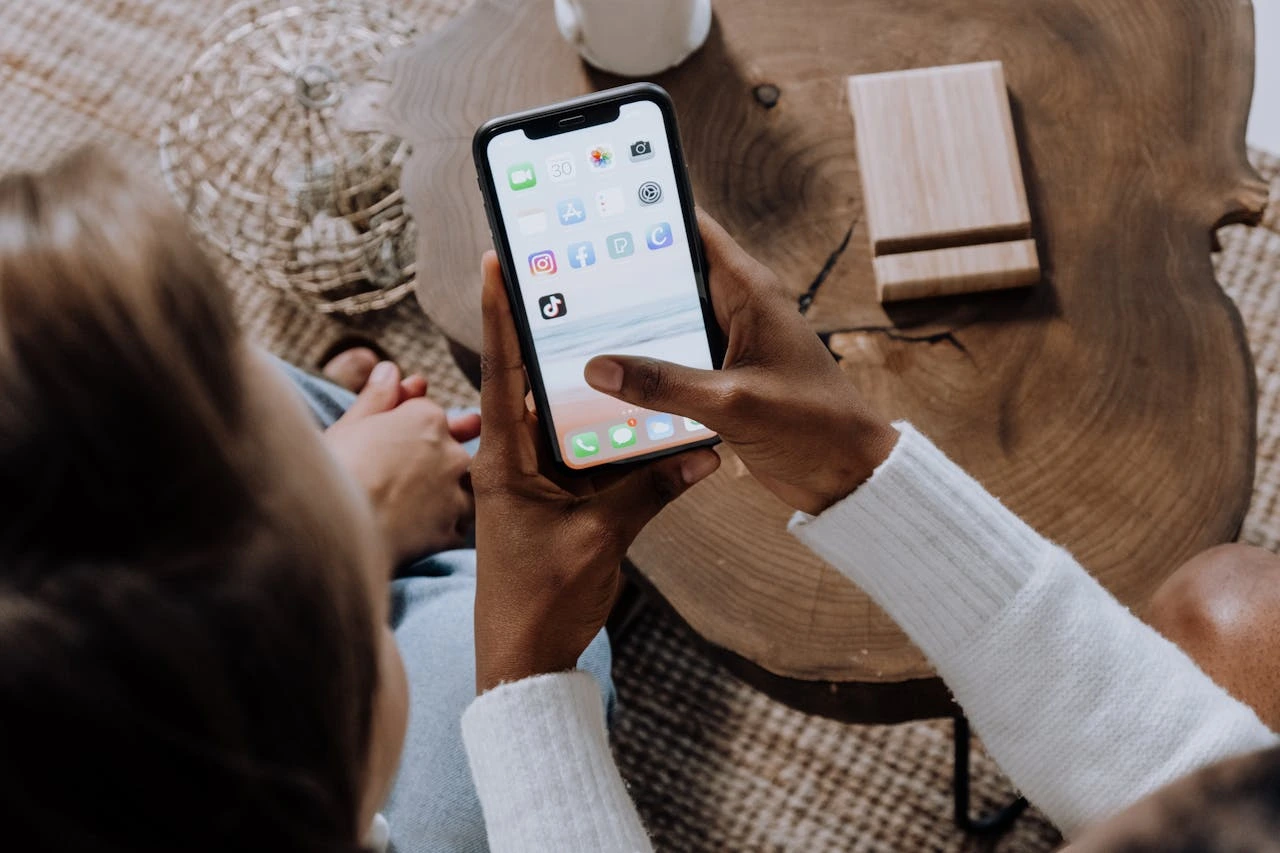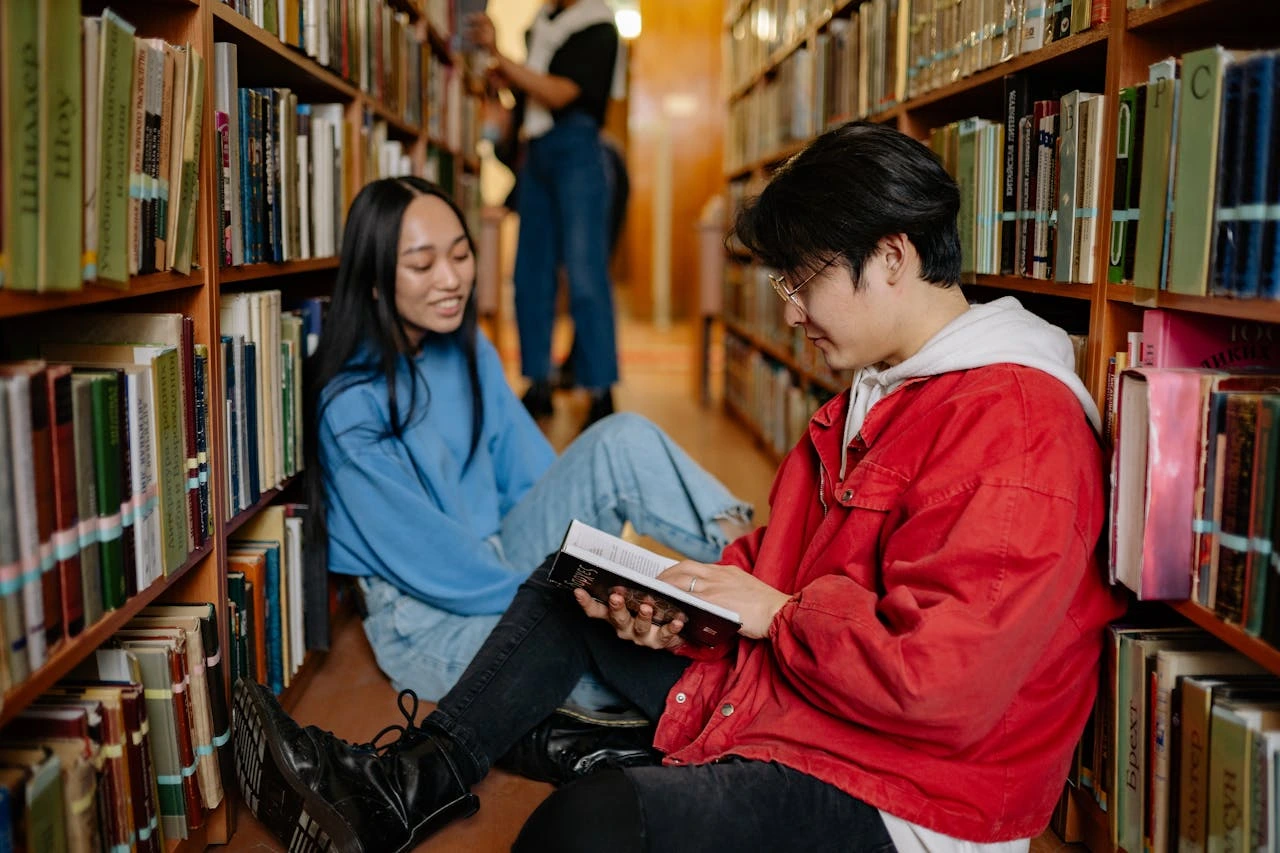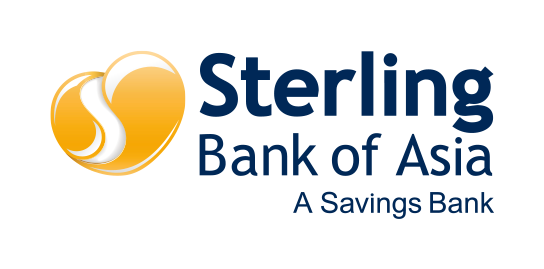Spending habits among Filipino students continue to evolve in 2025. With digital wallets, e-commerce, debit and credit cards, and side hustles now shaping daily life, young Filipinos handle money differently from any generation before them. For parents, this shift reveals more than just changing tastes — it reflects how financial literacy is (or isn’t) being learned at home and in school.
Data trends from the Bangko Sentral ng Pilipinas (BSP) show that around 70% of retail transactions are now digital, a jump that perfectly mirrors the habits of Gen Z spenders who rarely carry cash. Whether the allowance comes through GCash or Maya, or even a first student debit card, most students today swipe, tap, or scan their way through the week without ever touching a peso coin.
“Financial literacy and spending habits go hand in hand,” notes Dr. Lorna Agustin, a personal finance lecturer at UP Diliman. “But the more digital the transaction, the easier it becomes to lose track of how much na talaga ang naggastos mo.”

The Digital Allowance Economy
Five years ago, students tracked their baon with notebooks or sticky notes. Today, nearly nine out of ten college students use phone apps to monitor expenses or at least check their balance.
Studies show these habits are now driven mainly by convenience and connectivity. A simple QR code payment at the cafeteria can feel less “real” than handing over cash — and that detachment often leads to overspending on non‑essentials like milk tea, fast food, and online shopping.
Financial app usage is also on the rise. Young Filipinos average three financial apps each month, from digital wallets to budgeting tools. Many schools participate in cashless campus pilot programs — useful for safety, but they also spur impulsive purchases.
Still, not all changes are negative. Digital exposure boosts awareness of saving and investing early. More students have emergency funds and “sinking funds” for projects or gadgets compared to pre‑pandemic levels.

Where the Money Goes
A 2025 Finmerkado analysis compiled from keyword trend data and Statista sources illustrates the typical student budget breakdown:
For students living in Metro Manila, average weekly expenses range from ₱1,200 to ₱3,000, depending on commute, school area, and lifestyle. Even those receiving higher allowances report “ubos lagi,” as social and emotional spending continue to rise.

The Gap Between Knowledge and Behavior
Most universities integrate at least one finance‑related general education subject, yet translating knowledge into disciplined action remains challenging.
A CHED‑reviewed survey found that only 30% of students maintain a written or digital budget for longer than two weeks. The rest rely on “memory tracking,” which often leads to underestimating costs.
This behavior shows in micro‑decisions: students remember tuition payments but forget the daily ₱150 snack pattern that empties their GCash before week’s end.
“Alam nila ang tamang gawin, pero hindi ginagawa regularly,” shares MARK 101 professor Erwin Suarez. “Discipline doesn’t come from a module; it’s built by habit and repetition.”
The combination of early digital exposure and emotional marketing has created what some behavioral economists call the “visibility cost” — purchases made primarily for online visibility. Students spend not only to use or enjoy something, but to post it.

Economic Pressures and Emotional Spending
Inflation sits around 3.8% as of Q3 2025, which means prices for staples and transportation continue to climb. For students on fixed allowances, this squeeze often triggers “reward spending” — small indulgences to regain a sense of control or comfort.
While harmless individually, these add up. Psychologists now include terms like “self‑care economics” when discussing Gen Z finances. What used to be a ₱70 milk tea treat can now signify stress release after exams.
Parental support remains a key stabilizer, yet money talk at home is still limited. Instead of practical discussions, phrases like “Mag‑tipid ka ha” dominate. For real change, conversations must shift from reminders to shared budgeting frameworks.
When Borrowing Becomes a Bridge
A growing number of students use short‑term borrowing to manage gaps between allowance and actual needs. These come in various forms — small personal loans from family, flexible payment options at campus bookstores, or BNPL apps bundled with e‑commerce purchases.
Done responsibly, borrowing can help students build early credit awareness. However, borrowing without structure risks cycles of “utang to cover utang.”
Some parents and young professionals turn to low‑interest personal loan products to bridge school or gadget expenses. As Finmerkado often emphasizes, such tools can be useful — but only when matched with a repayment plan and full transparency on charges.

Social Currency: When “Aesthetic” Has a Price Tag
In university culture, part of one’s identity is built through visibility — branded tumblers, café study sessions, travel highlights. Many university students admit they spend “para sa vibes.”
This form of socially performative spending is both cultural and psychological. It ties self‑worth to presentation, making discipline harder when peers equate new purchases with success. The challenge for parents and mentors is to reframe money not as a source of identity, but as a resource for goals.
How Schools and Banks Are Reacting
Campuses have started offering financial literacy caravans in partnership with banks and fintech firms. These programs teach practical lessons like budgeting apps, saving challenges, and responsible card use.
Banks, in return, are courting young earners early. Some credit institutions now release student credit cards capped at ₱10,000 limits with parental guarantors — letting students learn responsible borrowing. Interested readers can explore curated best credit cards in the Philippines that reward consistent payments and controlled usage.
Digital wallet providers are also leveraging gamification. Apps award badges or cashback for consistent saving streaks — a psychological nudge that turns discipline into something rewarding.

Helping Students Build Better Money Habits
For educators and parents guiding the next spending generation, here are actionable reminders:
- Make spending transparent. Discuss monthly or weekly financial goals together.
- Apply simple frameworks. For example, the 40‑30‑20‑10 rule: 40% needs, 30% wants, 20% savings, 10% emergency.
- Introduce delayed gratification. Encourage students to wait a week before major purchases.
- Use limited cash envelopes for impulse categories. Physical money still teaches value.
- Reward saving consistency, not amount. Highlight discipline, not peso totals.
“We underestimate how fast small habits compound,” adds Coach Jessa Marin, a financial well‑being consultant. “The goal isn’t perfection — it’s awareness. Kahit konti‑konti, basta tuloy‑tuloy.”
Why Student Spending Habits Matter at a National Level
Today’s allowance management predicts tomorrow’s workforce financial health. The same students handling ₱2,000 a week will soon manage salaries, credit cards, and taxes.
The BSP and the Insurance Commission both emphasize youth inclusion in formal finance systems. As micro‑savings accounts and student loans expand, the foundation built through allowance training becomes crucial. When habits form early, adult debt ratios fall later.

Conclusion
Filipino students live in a financial world unrecognizable from their parents’ time — cashless, social, and convenience-driven. Their spending habits show both opportunity and risk: opportunity in early financial exposure, risk in the loss of tangible awareness of money.Balancing these forces requires cooperation between parents, schools, and the digital platforms shaping youth behavior. Financial education hubs like Finmerkado help bridge that gap by offering practical guides on budgeting, responsible card use, and smarter spending choices. The lesson is not to restrict, but to guide — so when the next chapter comes, these young Filipinos can step into adulthood hindi baon sa utang, kundi may baon na disiplina.
Frequently Asked Questions
Filipino students increasingly rely on digital wallets, e-commerce, and cashless payments. Key spending categories include food and drinks, transportation, gadgets/fashion, and small personal indulgences. Social visibility and convenience heavily influence these habits.
Many students now use debit cards or low-limit student credit cards to manage allowances and online purchases. These tools provide convenience and early credit exposure but require discipline to avoid overspending.
While universities include finance-related subjects, only about 30% of students consistently track their budgets. Awareness is rising, but habits often lag behind knowledge, leading to impulsive or emotionally-driven spending.
Yes — responsibly used personal loans or buy-now-pay-later (BNPL) services can bridge gaps between allowance and actual expenses, teach repayment discipline, and help cover urgent needs like school projects or gadgets. Misuse, however, can trigger debt cycles.
Guidance is key. Parents and educators can implement budgeting frameworks, encourage delayed gratification, use cash envelopes for impulse spending, and leverage platforms like Finmerkado to teach practical finance skills while promoting awareness over restriction.

The simple application process can be completed in just a few minutes.

Offers a rapid online application process that takes minutes, ensuring quick approval and fund transfers to returning customers' bank accounts.
RCBC Flex Gold Visa

- 2X Rewards points on three preferred categories
- Change your preferred categories once every billing cycle
- Flexible Rewards redemption options (shopping vouchers, cash rebates and more)
- Free Travel Insurance & Purchase Protection
- Get access to the Marhaba/Skyview Airport Lounge
- Free budget monitoring tools
- Ideal for young professionals
Robinsons Bank Credit Card

-
Security Bank World Mastercard

- Earn 3x points for every ₱20 spent
- Access over 1,300 lounges across 500+ airports worldwide
- Receive free travel insurance coverage up to ₱10 million
- Receive up to $200 coverage when you shop online
- Discover exclusive dining, spa and retail offers from select airport merchants
- Ideal for travelers seeking extensive travel perks
Security Bank Personal Loan

The Security Bank Personal Loan is an unsecured, multi-purpose loan offering up to ₱2 million in financing. With add‑on interest rates starting around 1.3% monthly, it translates to an estimated APR of roughly 29.5%–39.4% depending on loan amount and term. No credit card is needed, and applicants can choose between applying online or over the counter at branches. Ideal for emergencies, life events, or debt consolidation with quick digital or branch-assisted processing.
EastWest Personal Loan

Unsecured personal loan designed for flexible multi-purpose use—whether for tuition, travel, or business needs. Offers terms up to 60 months and competitive add-on rates.
Sterling Personal Loan

Short-to-medium-term unsecured personal loan suitable for salary earners and professionals.










